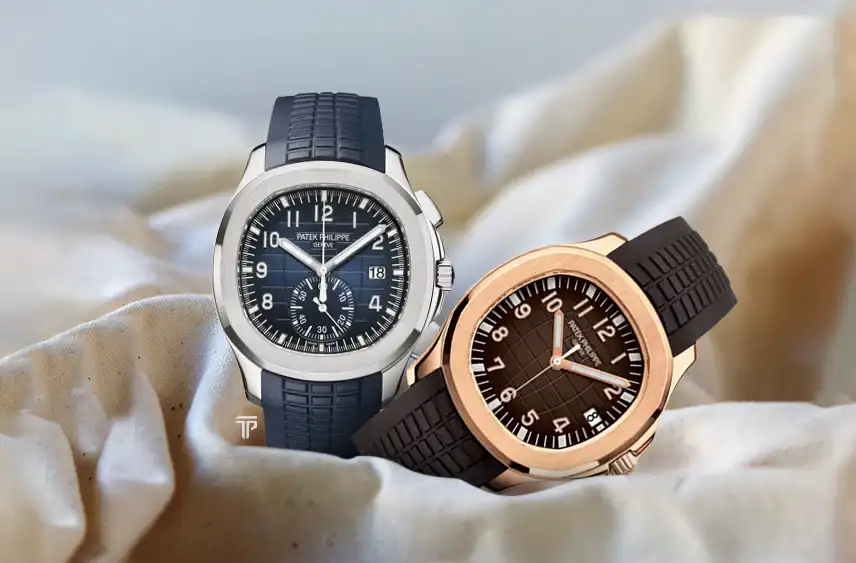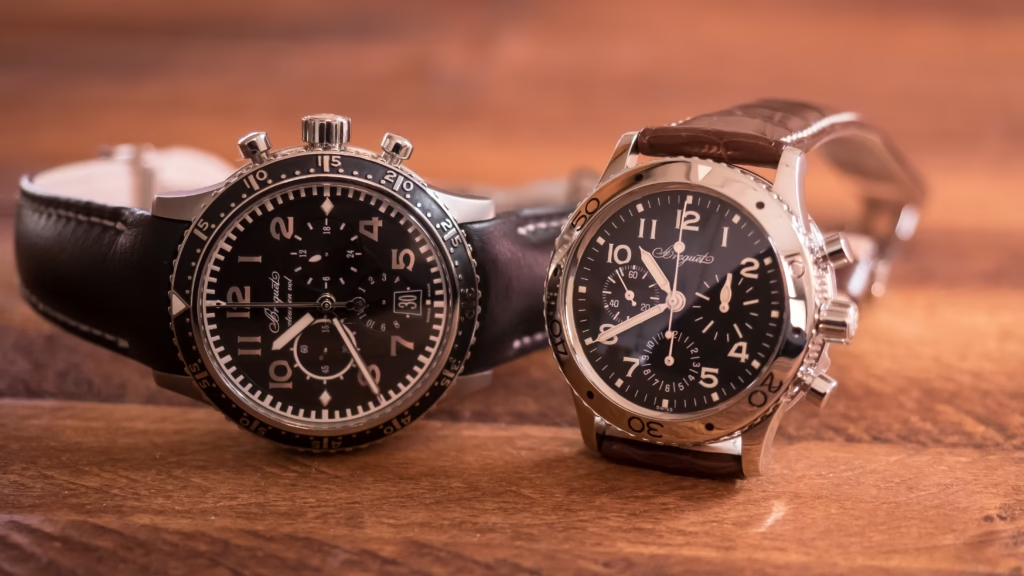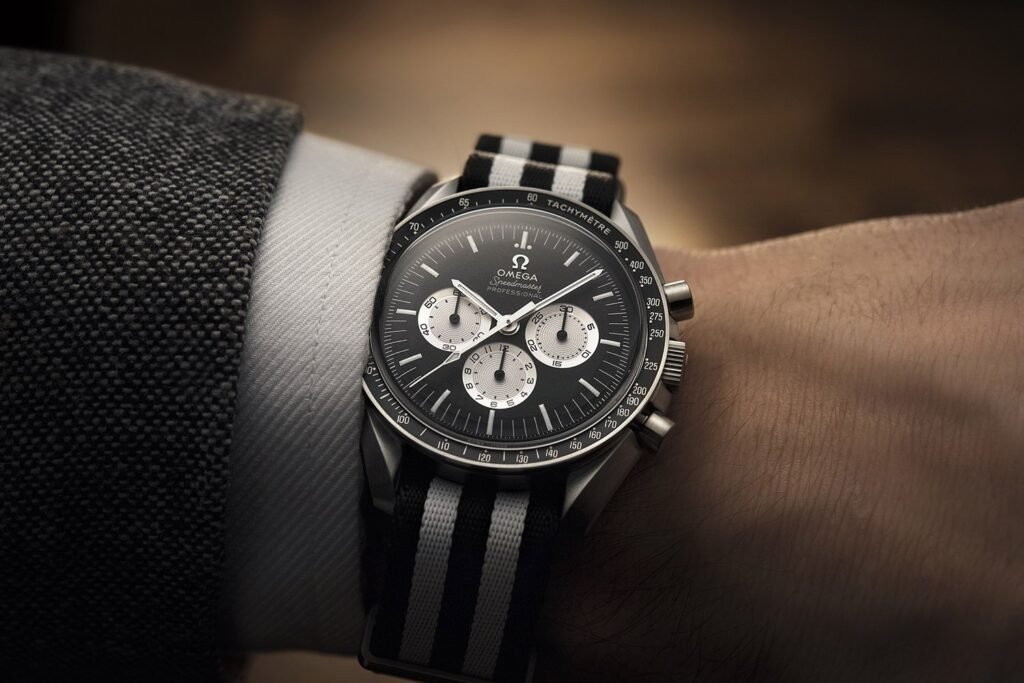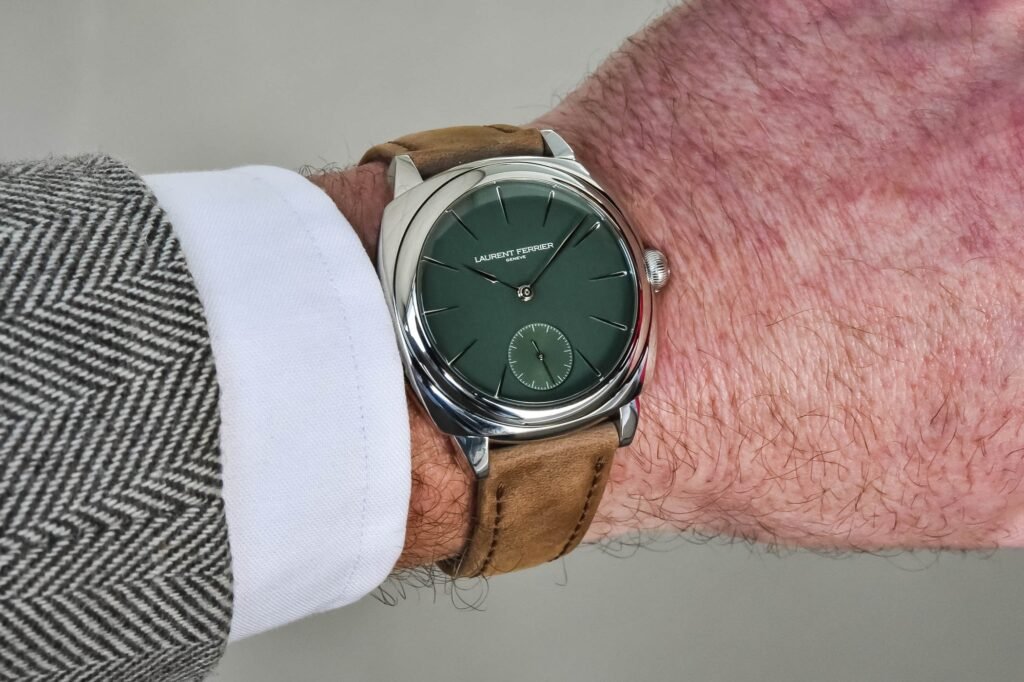
How limited editions are created behind closed doors
There is something about those two words “limited edition” that sends collectors’ pulses racing. Scarcity has always been intoxicating, but in watchmaking it takes on an almost mythical quality.
A regular Royal Oak might be aspirational, but a Royal Oak made in 75 pieces for a boutique opening in Singapore?
That’s catnip.
Yet for all the hype and all the whispered rumors on forums, very few people actually know how these editions come to life.
They imagine shadowy boardrooms, champagne-soaked brainstorms, and a marketing team plotting ways to separate enthusiasts from their wallets.
The truth is far more fascinating, and we at Lugano Watches Dubai are about to break it down for you.
Behind the curtain, limited editions are not simply painted dials or marketing gimmicks, though plenty of lazy ones exist.
At the highest level, they are carefully calibrated experiments in identity, heritage, and narrative. They are where a maison gets to stretch its legs, break rules without committing to them forever, and sometimes test the waters of future production.
And when done right, they are where a watch goes from being a product to being a story whispered through the industry.

The anatomy of the secret brief
It usually starts with a conversation that collectors never hear.
Sometimes the spark comes from the brand itself, a desire to commemorate an anniversary or honor a legendary reference. Other times it comes from a retailer or a powerful market…think Dubai or Hong Kong ; whose buying power can nudge even the loftiest maisons into creating something exclusive.
And every so often, it comes from a partnership with an artist, a carmaker, or even a charity, where the watch is less about telling the time than it is about telling a story.
What happens next is not as simple as sketching a new dial color.
Within the walls of a brand, there are heated debates.
How far can we push the DNA without betraying it? Is this edition meant to seduce hardcore collectors, or to bring in fresh blood who will buy into the brand for the first time? You would be shocked how many limited editions are essentially laboratories for testing taste.
That unusual salmon dial or gradient green you see today often started life as a trial balloon on a supposedly one-off model years earlier.
And then there is the politics of numbers.
A run of 50 makes a watch grail material, but a run of 500 can make it feel like just another SKU.
Yet make it too rare, and you risk alienating loyal clients who feel excluded.
Brands agonize over these numbers, balancing their desire for scarcity with the need to justify the production line’s cost. At Patek Philippe, this process borders on the ritualistic. At Hublot, it can feel like fireworks.
Different maisons, same tightrope.
The brief eventually turns into prototypes, but not before endless back-and-forth between design, heritage, and commercial departments.
Will collectors care if the date window is moved?
Is this shade of blue too close to another maison’s signature?
Should we engrave the caseback with something poetic or something blunt? These are the granular decisions that separate a masterpiece limited edition from one destined to gather dust at an outlet.

Behind the curtain: where craft meets commerce
Once the design is greenlit, the real machinery begins to turn.
Suppliers are contacted for rare materials, and sometimes cases or dials are handcrafted in smaller ateliers that specialize in details too labor-intensive for standard production. That’s why you see cloisonné enamel or meteorite dials appear more often on limited runs;; they are impossibly expensive and time-consuming at scale, but perfect for a dozen or two dozen pieces.
And make no mistake, the artisans themselves know when they are working on something rare. I once spoke to a craftsman in Le Brassus who said that when he’s engraving a rotor for a limited series, he feels the pressure in his bones, knowing each mistake could kill a project worth millions in goodwill.
These are talismans of reputation.
Marketing begins to swirl in parallel.
The secrecy is paramount. Information leaks are carefully managed… never accidental, always deliberate. Brands know that rumors on forums can build anticipation better than any glossy campaign.
Collectors start to speculate, dealers start to take names, and the hunt begins before the watch even exists in the wild. When the curtain finally rises, the edition feels less like a launch and more like an unveiling at a private theater, every detail already teased and dissected.
The funny thing is that not all limited editions are born to be icons. Some sink without a trace, dismissed as cynical cash grabs.
Others, almost accidentally, become holy grails.
Think of Omega’s Speedy Tuesday editions, born out of a quirky online partnership, now revered as modern classics.
Or the F.P. Journe boutique editions in tantalum, once curiosities, now untouchable legends.
These watches remind us that scarcity alone is not enough.
There has to be alchemy; the perfect mix of timing, storytelling, and craft.

Final thoughts
The mystique of limited editions lies in the fact that they are both insider experiments and public theater.
Collectors chase them because they feel like keys to a hidden club, glimpses into what a brand is really capable of when it lets its hair down. And while some are naked plays for attention, the best of them become bookmarks in the history of watchmaking, cherished long after the hype has faded.
The next time you see a limited edition hit Instagram with a flurry of hashtags, remember what really happened behind closed doors.
It was not just a color swap or a caseback engraving. It was politics and craft, secrecy and experimentation, risk and reputation, all wrapped into a piece of steel, gold, or ceramic.
That is what makes them addictive.
Not the word “limited,” but the story locked inside the case.
And that, my friend, is why when the right limited edition crosses your path, you don’t hesitate.
Because sometimes lightning really does strike once.
